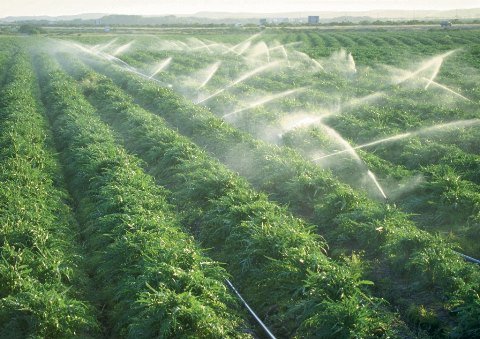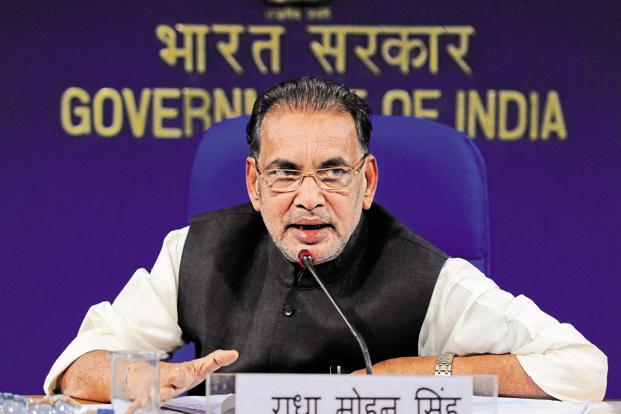

By Economic Bureau
India’s agricultural sector is racing for greater productivity and boost in farm income and luring more into farming despite many challenges. The Agri sector is in a transition. It is led by rising private participation, growing organic farming and higher use of information technology. According to IBEF, agriculture and allied sectors have a 16 percent share in the economy. The current outlook on agricultural output is positive. Food grain production is estimated at 253.16 MT and pulses production will be 17.33 million tons. Agri products constitute 10 percent of India’s total exports. The agriculture and allied sectors are growing at an annual rate of 3.3 percent and provides livelihood to 58 percent of the India rural households. The vital sector is one of the largest contributors to the Gross Domestic Product (GDP) along with fisheries and forestry. The agriculture sector is administered by the Ministry of Agriculture, which also manages the National Dairy Development Board. Recently, India’s Agriculture Minister Radha Mohan Singh said the main goal of the ministry is to double farmers’ income in the next five years by bringing the 585 agriculture markets into the electronic platform, reported Economic Times. Budget Boost Among the challenges in the sector is loan burden on farmers facing crop failures from flood, drought and farmer suicides as evidenced in Maharashtra’s Vidarbha, Marathwada regions. Narendra Modi’s Government in the latest budget of 2016–17 outlined several steps to boost agriculture. They include improving agriculture farmers’ welfare, target to bring 2.85 million hectares under irrigation by extending US$ 42.11 billion grant in aid to gram panchayats and municipalities and 100 percent village electrification by May 01, 2018. Modi has also unveiled the Pradhan Mantri Faisal Bima Yojana to ensure adequate crop insurance to farmers. At an annual output of 146.3 MT, India is one of the largest producers of milk and has 19 percent share in total world production. In sugar, India accounts for 14 percent of the global output. It is the sixth-largest exporter of sugar with close to 3 percent share in global exports. Ahead in Spice, Horticulture The future of agri-based industries is positive. India is the top producer, consumer, and exporter of spices and spice products. It is also the second largest fruit producer in the world. The horticulture output, comprising fruits, vegetables and spices are an average 280 million tons (MT). The main drivers of Indian ago industries are growing household income and consumption, expansion of food processing sector and an increase in agricultural exports. Investments Investment in the agricultural sector is growing, led by the government’s initiatives and schemes. The Department of Industrial Policy and Promotion (DIPP) updated that the Indian agricultural services and machinery sectors have attracted Foreign Direct Investment (FDI) equity inflow of about US$ 2,261 million from April 2000 to December 2015. Venture capital assistance scheme (VCAS) is supporting with project development facility (PDF) to agri-business entrepreneurs. Agri-research institute ICRISAT’s incubation arm is looking to set up a Rs.100 crore (US$ 14.67 million) fund to help small entrepreneurs from the agri-business and nutrition space raise money. Fertiliser cooperative IFFCO joint venture with Japanese firm Mitsubishi Corp for agrochemicals in India is significant. Rabo Equity Advisors, the private equity arm of Netherlands Rabo Group, raised US$ 100 million for the first close of its second fund – India Agri Business Fund II. The fund plans to invest US$ 15–17 million in 10–12 companies.Oman India Joint Investment Fund (OIJIF), a joint venture (JV) between the State Bank of India (SBI) and State General Reserve Fund (SGRF), invested Rs 95 crore (US$ 13.94 million) in GSP Crop Science, a Gujarat-based agrochemicals company.



